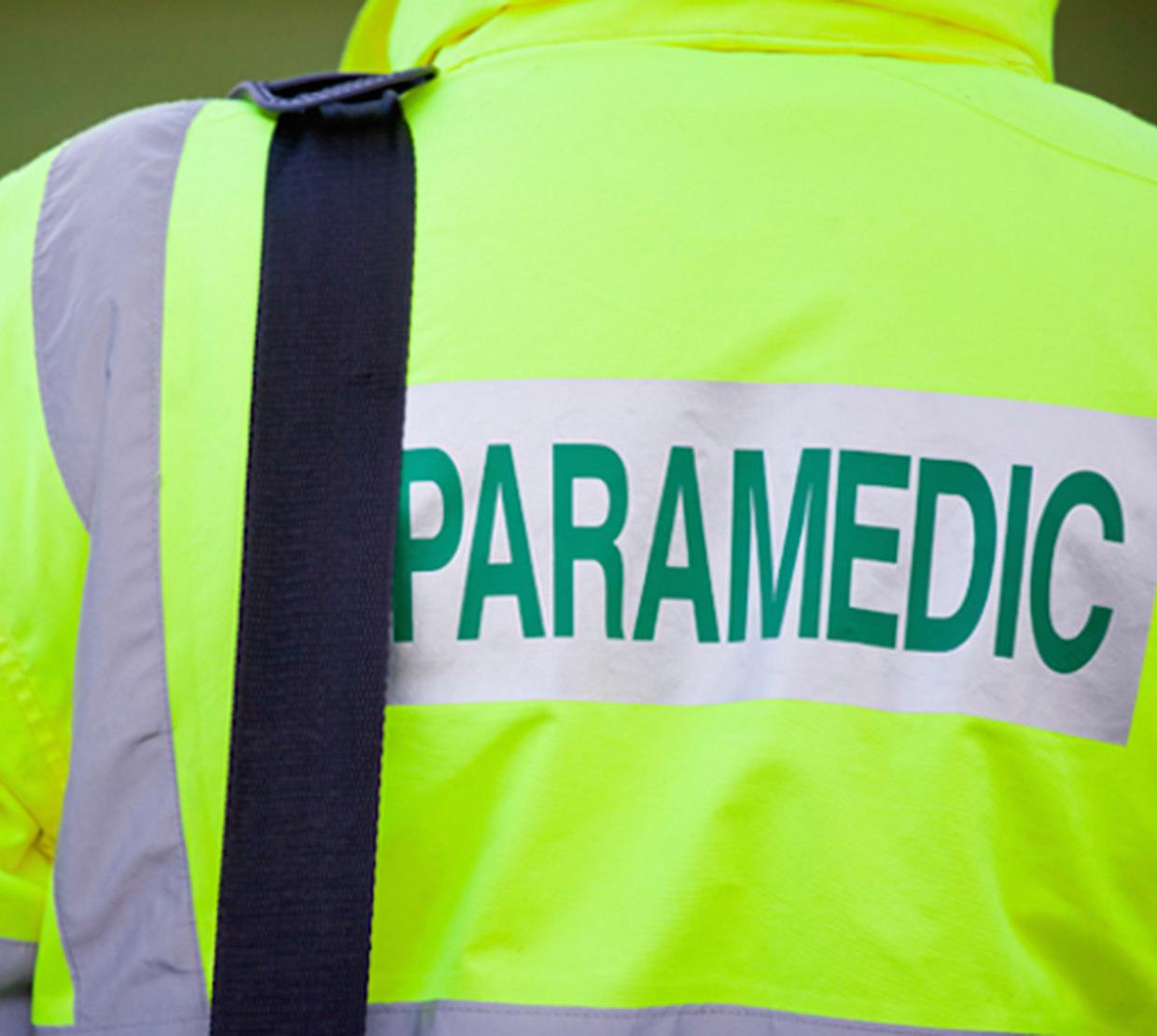The treatment, called BHB/M, is designed to be delivered by IV into the veins of someone suffering from hemorrhagic shock — when the body loses a severe and potentially fatal amount of blood — to help stop their organs from shutting down. Each year, between 300,000 and 400,000 people in the United States suffer from hemorrhagic shock. Greg Beilman, M.D., professor of surgery with the University of Minnesota Medical School and one of the BHB/M researchers, estimates that 45,000 to 60,000 of those people die from their severe blood loss.
Now, through a unique collaboration between the researchers,University of Minnesota staff and industry consultants, the technology is moving closer to the market. Last month, the project received $2.5 million in funding from the university's Center for Translational Medicine to conduct the necessary preclinical work to file for clinical trial approval from the Food and Drug Administration.
“This collaboration between units has helped us put the pieces together to figure out if the therapy has legs,” Beilman said. “It’s been exciting to watch this process move the technology closer to fruition.”






